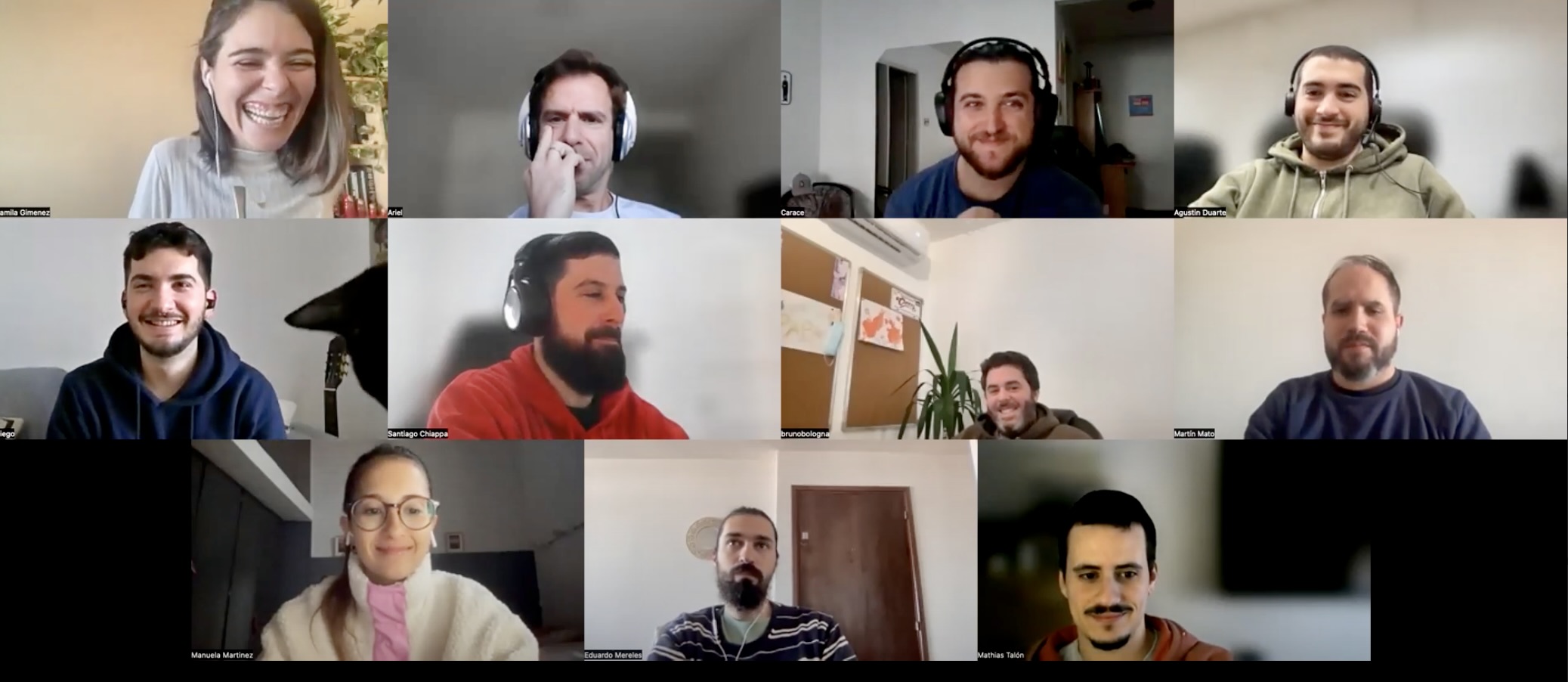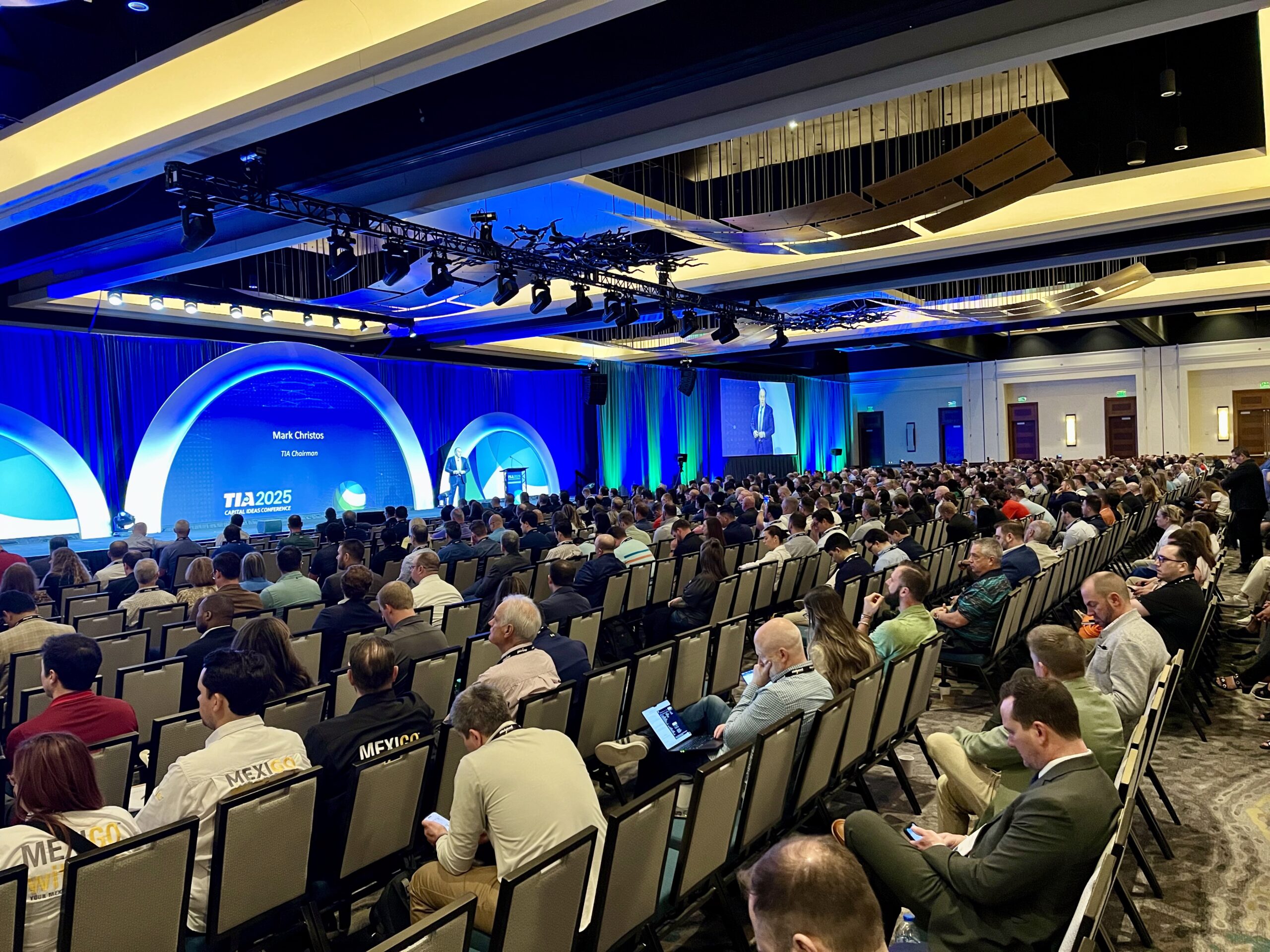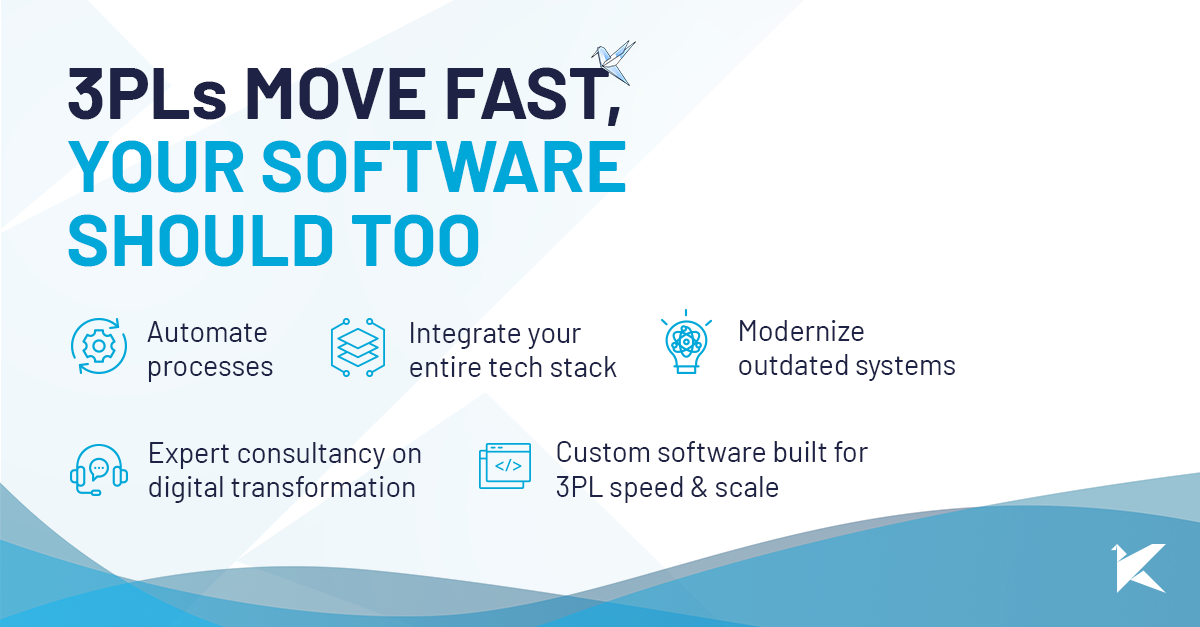If you’ve ever been part of a team that’s trying to decide on something, you know how tough it can be. You might have had one person who spent a lot of time spinning around an idea, or someone who doesn’t participate at all. Or maybe someone’s personal emotional ties on the discussed topic make it hard to define concrete actions to improve.
So, how to keep the discussion on track towards the objectives and reach a team agreement to unlock solutions?
Facilitation Process
At Kaizen Softworks, we apply a facilitation process, where a neutral person acts as the “facilitator” structuring conversations, so the team can solve problems and come up with their own solutions efficiently. To have a successful team discussion dynamic you can follow the next five steps:
- Open the stage by setting the ground rules to generate a safe place for sharing thoughts and establish clarity about the objectives.
Tip: As the facilitator, start the meeting asking people: how did you feel during the sprint?
2. Collect data to understand what happened during the sprint and why that happened.
Tip: As a facilitator, ask people to share their visions and expand their ideas about the last sprint: what things added value? What things can we improve?
3. Generate insights to converge on the visions shared. Evaluate whether they are worth solving or not and explore different possible solutions.
Tip: Prioritize the top 3 things to improve and discuss at least 6 possible solutions that contemplate the different visions of people, to reach an agreement on actions.
4. Decide what to do. Define concrete actions as a team, which don’t have to be perfect, but good enough to try on the next sprint. If they don’t work as expected you can always review them again in the next sprint.
Tip: Decide by democratic voting which proposed actions are the most reasonable for all team members to execute.
5. Close the retrospective. Make sure that everyone on the team feels represented and committed to the defined actions.
Tip: Ask for feedback to analyze how everyone feels about the defined actions.
Conclusion
In closing, the facilitation process we’ve outlined is a powerful tool for guiding your team towards successful retrospectives.
By creating a safe space for open dialogue, collecting valuable data, generating insightful solutions, making informed decisions, and ensuring the commitment of all team members, you can enhance your team’s ability to identify and address issues effectively. Through this approach, you’ll not only keep your discussions on track but also empower your team to continuously improve in the pursuit of excellence.
So, remember these five steps, and watch your team’s retrospectives become a catalyst for progress and collaboration.




